North America : Market Leader in Rigid Packaging
North America continues to lead the rigid packaging market, holding a significant share of 122220.21. The growth is driven by increasing demand from the food and beverage sector, coupled with stringent regulations promoting sustainable packaging solutions. The region's focus on innovation and technology adoption further enhances its market position, making it a hub for packaging advancements.
The United States is the primary contributor to this market, with key players like Amcor, Berry Global, and Sealed Air driving competition. The presence of established companies fosters a robust supply chain, ensuring high-quality products. As consumer preferences shift towards eco-friendly packaging, companies are investing in sustainable materials, further solidifying North America's market leadership.
Europe : Sustainable Packaging Initiatives
Europe's rigid packaging market is valued at €85000.0, reflecting a strong commitment to sustainability and innovation. Regulatory frameworks, such as the EU's Circular Economy Action Plan, are pivotal in driving demand for recyclable and reusable packaging solutions. This regulatory support is crucial for companies aiming to meet consumer expectations for environmentally friendly products.
Leading countries like Germany, France, and the UK are at the forefront of this market, with major players such as Mondi Group and Crown Holdings actively participating. The competitive landscape is characterized by a focus on research and development, enabling companies to introduce innovative packaging solutions that align with sustainability goals. This trend is expected to continue, further enhancing market growth.
Asia-Pacific : Emerging Market Potential
The Asia-Pacific region, valued at $75000.0, is witnessing rapid growth in the rigid packaging market, driven by urbanization and increasing disposable incomes. The demand for packaged food and beverages is surging, prompting manufacturers to invest in advanced packaging technologies. Regulatory support for food safety and quality standards is also a significant driver, ensuring consumer trust in packaged products.
Countries like China, India, and Japan are leading this growth, with key players such as Sonoco Products and Graham Packaging expanding their operations. The competitive landscape is evolving, with local manufacturers emerging alongside global giants, creating a dynamic market environment. As the region continues to develop, the demand for innovative and sustainable packaging solutions is expected to rise significantly.
Middle East and Africa : Developing Market Landscape
The Middle East and Africa region, with a market size of $5500.49, presents unique growth opportunities in the rigid packaging sector. The increasing population and urbanization are driving demand for packaged goods, particularly in the food and beverage industry. Regulatory initiatives aimed at improving packaging standards are also contributing to market growth, as governments seek to enhance consumer safety and environmental sustainability.
Countries like South Africa and the UAE are key players in this market, with local and international companies vying for market share. The presence of global players such as Alpla is notable, as they adapt to regional needs and preferences. As the market matures, the focus on innovative packaging solutions is expected to intensify, paving the way for future growth.
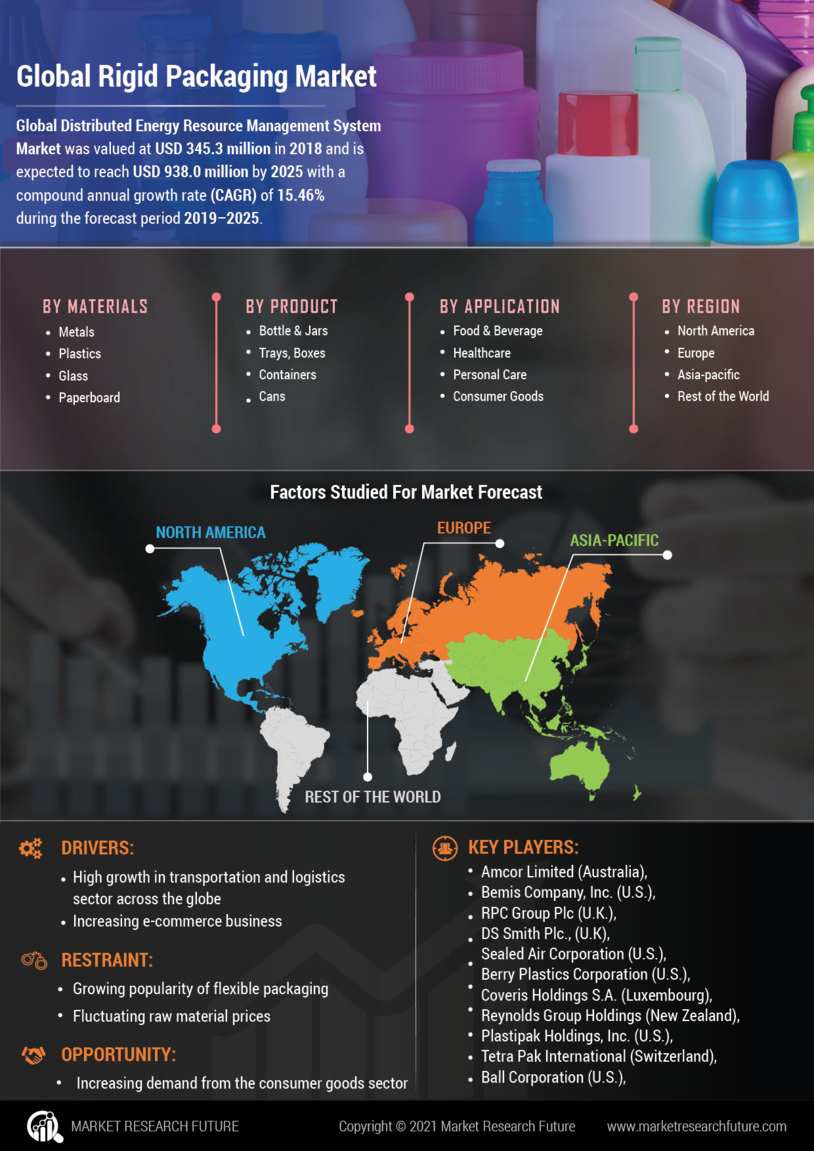

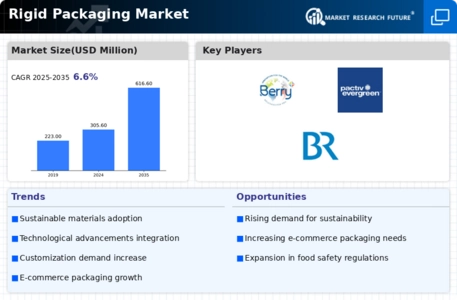
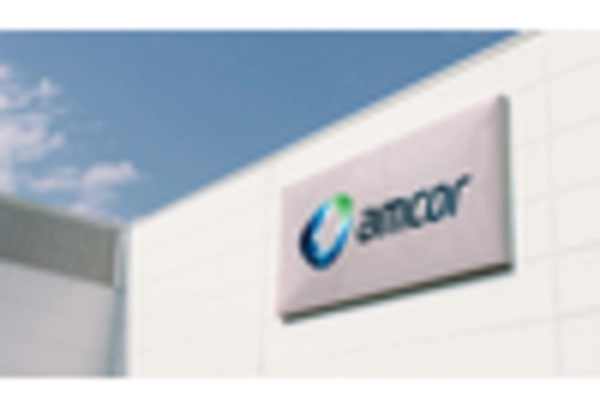
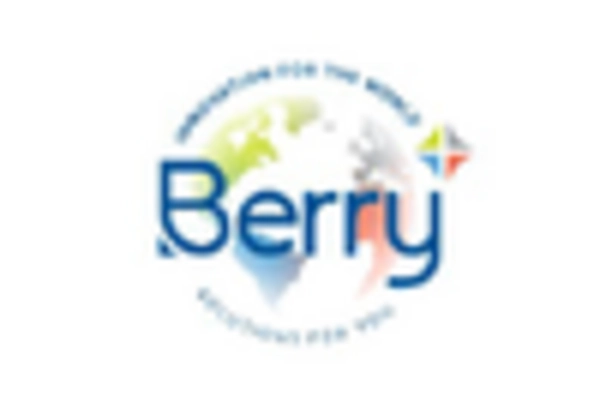
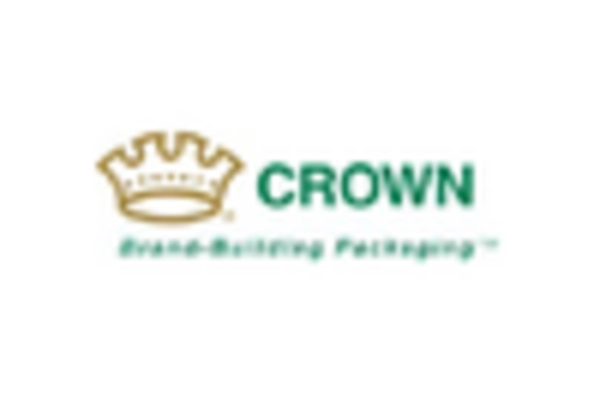
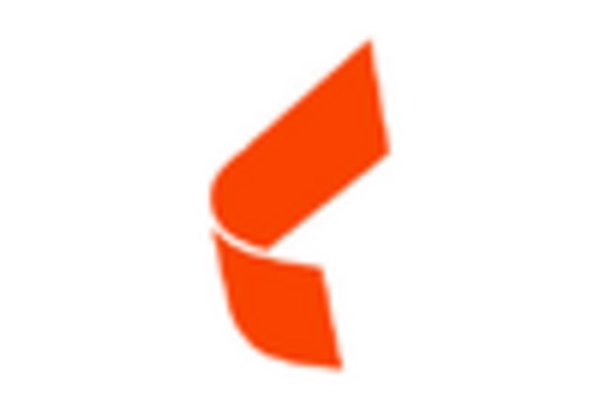
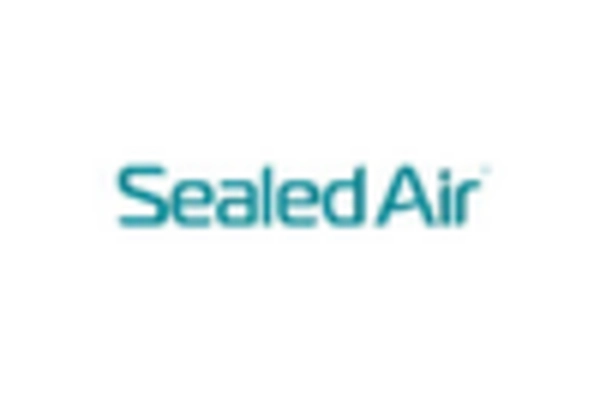
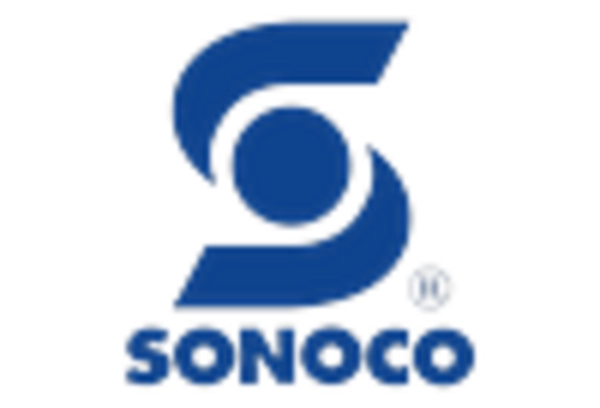








Leave a Comment